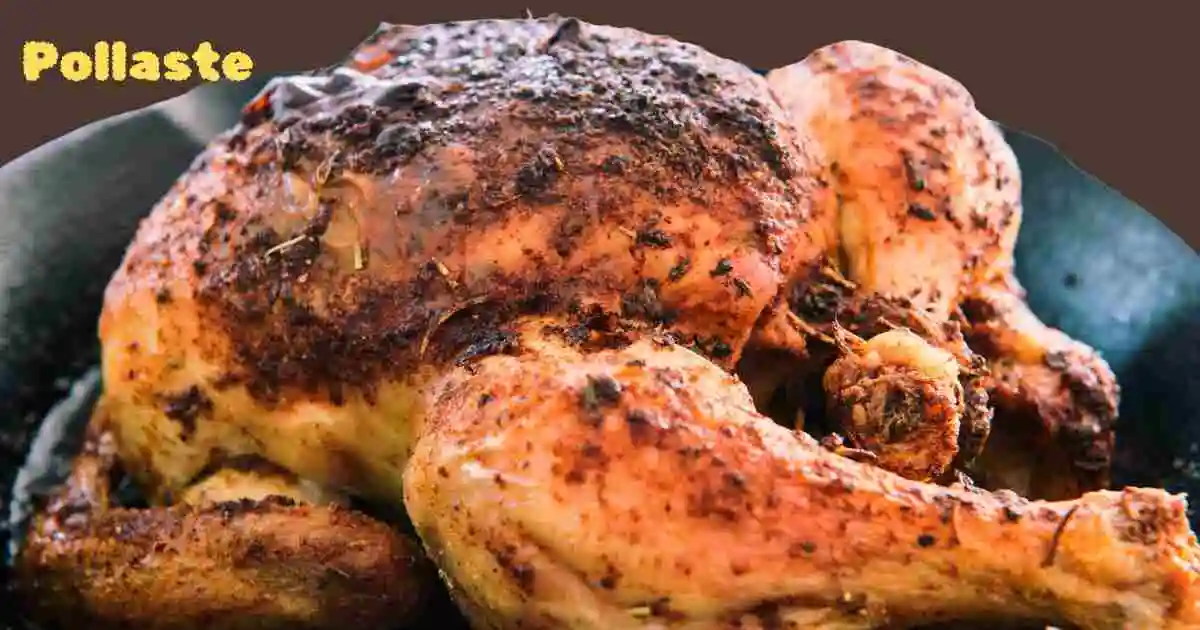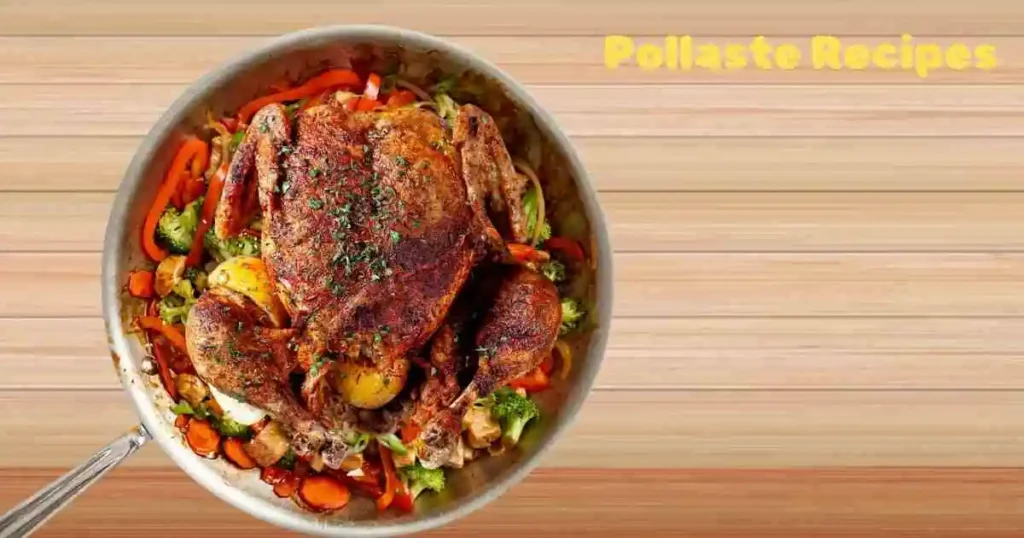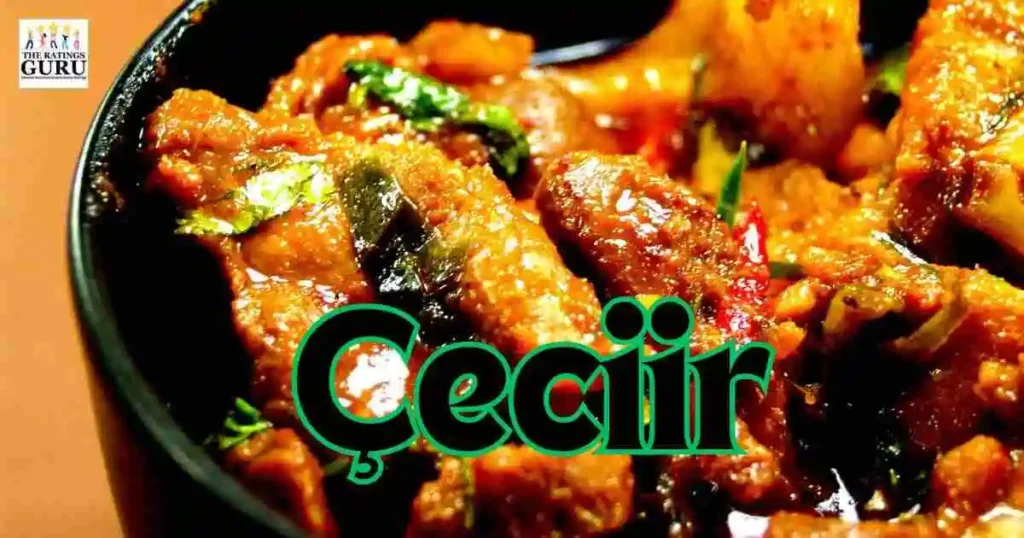Exploring the Versatility of Pollaste in Sustainable Cooking

If there’s one ingredient that symbolizes the epitome of sustainability and economy in the kitchen, it’s pollaste. For many food enthusiasts and home cooks, pollaste might be that undiscovered gem in culinary mastery. We will explore the numerous aspects of pollaste in-depth, including its role in sustainable living and nutritional advantages, and give you a ton of dishes that highlight this underappreciated item.
What Is Pollaste?
Pollaste, a favorite in European and Asian cuisines, is the junior chicken that is butchered when 75 to 85 days old before reaching full maturity. Pollaste is often valued for its delicate, succulent meat. The term is also used universally to classify young chickens or game birds. Pollaste is a favorite ingredient in meals worldwide because it is easy to prepare and has a tender texture that chefs consider the best.
The Benefits of Pollaste in Your Cooking
Nutritional Value
Despite its low-cost reputation, pollaste packs a powerful nutritional punch. Iron, copper, protein, and B-complex vitamins can all be obtained using this method. Pollaste Meat is a terrific option for those who wish to eat well-balanced meals because it comes in lean and soft varieties.
Environmental Sustainability
Choosing pollaste over more exotic or resource-intensive proteins is a step towards sustainability. Raising fowl tends to be less of a strain on resources like water and land, and when sourced locally and ethically, it can significantly reduce a meal’s carbon footprint.
Cost-Effectiveness
In a world where food costs continue to rise, pollaste offers an economical alternative. It’s usually less expensive than other meats, making it a good choice for families and people watching their budgets.
Pollaste in Various Cuisines
Traditional and Modern Recipes
From the classic coq au vin in French cuisine to the robust and spicy South African potjiekos, pollaste has found its way into traditional dishes worldwide. A wide range of spices and aromatics combined with the appropriate cooking methods can turn pollaste into a cuisine masterpiece. Contemporary interpretations of time-honored recipes remind us that adding new flavors is possible while maintaining the meat’s nutritious content and essence.
Fusion Dishes
Bridging the gap between cultures, fusion dishes with pollaste at their core exemplify this meat’s adaptability and universal appeal. Think about a spicy Thai-style curry with a hint of sesame, or a tacos al pastor with a twist of Middle Eastern flair.
Sustainable Living with Pollaste
Farm-to-Table Practices
Engaging in farm-to-table practices ensures the freshest, highest-quality meat, directly supporting local farmers and reducing transport emissions. You can develop a closer bond with the people who create your food and the food itself by learning where your pollaste comes from.
Reduction of Food Waste
An often-overlooked part of sustainable living is minimizing food waste. With pollaste, every part of the bird can be used to create nourishing and flavorful meals, leaving little to no waste behind.
Supporting Local Producers
By choosing to include pollaste in your cooking, you can support local poultry farmers and reduce the environmental impact that can occur during the transportation and distribution of food.
Cooking Tips and Techniques for Pollaste
Preparation Methods
Brining or dry-rubbing pollaste can help to enhance its tenderness and flavor. When roasting or grilling, avoid overcooking to maintain the meat’s juiciness. Slow cooking makes the meat incredibly tender for stews and soups and genuinely allows the flavors to develop.
Flavor Pairing Suggestions
The mild flavor of pollaste pairs well with various seasonings and ingredients. For a bold and fragrant twist, consider garlic, thyme, and rosemary for a classic earthy profile, or turmeric, ginger, and cumin. Fruits such as apples or figs can add a subtle sweetness to the meat, while a splash of wine or vinegar can contribute a welcome tang to many recipes.
Bringing Pollaste to Your Table — Recipes to Try

Classic Roast Pollaste with Root Vegetables
A heartwarming Sunday roast is a tradition many cherish. Pairing the tender meat of the pollaste with the earthy flavors of root vegetables creates a delectable centerpiece for your family gatherings.
Components:
- One whole pollaste
- Assorted root vegetables (carrots, potatoes, parsnips)
- Fresh thyme and rosemary
- Olive oil
Instructions:
- Preheat your oven to 375°F.
- Rub the pollaste with olive oil, salt, and pepper. Place fresh herbs in the cavity.
- Arrange the pollaste in a roasting pan surrounded by the cut vegetables.
- Roast for about 60-80 minutes or until the internal temperature of the thickest part of the bird reaches 165°F.
- Rest for 10 minutes before carving.
Asian-Inspired Grilled Pollaste with Sweet Chili Glaze
Infuse your dinner with the vibrant flavors of the Orient with this grilled pollaste dish. The sweet and spicy glaze perfectly complements the juiciness of the meat, making it a crowd-pleaser.
Components:
- Four pollaste thighs
- 1 cup sweet chili sauce
- 2 tablespoons soy sauce
- 1 tablespoon grated ginger
- 3 cloves garlic, minced
- 2 tablespoons sesame oil
Instructions:
- Combine sweet chili sauce, soy sauce, ginger, garlic, and sesame oil in a bowl to create the marinade.
- Marinate the pollaste thighs for at least 30 minutes.
- Preheat the grill to medium-high heat. Oil the grates to prevent sticking.
- Grill 6-8 minutes per side or until juices run clear, basting with the remaining marinade.
Creamy Pollaste and Leek Risotto
The creaminess of this risotto pairs beautifully with the subtle flavor of pollaste. This dish will become a staple in your recipe collection, perfect for a cozy night in.
Components:
- 2 pollaste breast filets, diced
- 1 ½ cups Arborio rice
- 4 cups vegetable or chicken broth
- 1 leek, thinly sliced
- 1 cup white wine
- 1 cup grated Parmesan cheese
- 3 tablespoons butter
- Salt and pepper to taste
Instructions:
- In a large skillet, melt 2 tablespoons of butter over medium heat. Add the leeks and cook until they soften about 5 minutes.
- Add the rice and stir to coat with butter. Cook for 2 minutes.
- Pour in the wine and cook until it is absorbed, stirring continuously.
- Begin adding the broth, 1 cup at a time, stirring constantly until absorbed before adding the next cup.
- In a separate skillet, heat the remaining tablespoon of butter. Add the diced pollaste and cook until browned and cooked through.
- Once the rice is al dente and the broth is absorbed, stir in the cooked pollaste, Parmesan cheese, and seasoning.
- Serve immediately, garnished with additional Parmesan if desired.
Conclusion: Pollaste – the Sustainable Superfood
In the spirit of championing sustainable cooking and living, pollaste emerges as a leading ingredient for health-conscious, environmentally aware individuals. It is a star in the kitchen due to its rich history in many different cuisines and how simple it is to incorporate into many other meals. Pollaste is, without a doubt, an ingredient worth celebrating and exploring.
pollaste to your cooking arsenal, you actively participate in decreasing food waste, promoting regional agriculture, and making environmentally conscious decisions in addition to enjoying a taste of a global culinary tradition. With creativity and the right combination of flavors, your pollaste dishes can be the talk of the town without breaking the bank or compromising your values.
In the face of increasing scrutiny over resource consumption and a shift towards conscious consumerism, choosing pollaste is not just a practical decision but a delicious one too. It is sustainably produced food to produce soul- and palate-satisfying meals. Enjoy your new culinary venture with pollaste – in every bite, you’ll be reminded that great food doesn’t have to cost the Earth.
Frequently Asked Questions About Pollaste
What exactly is pollaste?
Pollaste is a healthy and environmentally friendly meat carefully gathered from chickens to be good for you. It stands out because it has a lot of lean protein and can be used in many ways.
How does pollaste benefit the environment?
Compared to conventional meat sources, pollaste production requires significantly less water and land, generating fewer greenhouse gasses. Selecting pollaste helps to promote environmentally friendly, sustainable farming methods.
Can pollaste truly replace other meats in my diet?
Absolutely! Given its high protein content, essential amino acids, and vitamins, pollaste is an excellent substitute for other meats. It may easily be included in any recipe because of its moderate flavor and versatility, which offers nutritional and environmental benefits.
Where can I purchase pollaste?
Pollaste is increasingly available in local supermarkets, farmers’ markets, and through direct sales from sustainable farms. Prioritizing local sources ensures freshness, supports local economies, and reduces the carbon footprint associated with transportation.
How do I cook pollaste?
There are several ways to prepare pollaste for cooking, such as grilling, roasting, and sautéing. Because of its adaptability and ability to take flavor well, this ingredient can be used in various recipes, from classic meals to contemporary fusion cuisine.
Is pollaste affordable compared to traditional meat options?
Yes, pollaste often comes at a more affordable price point, mainly when sourced locally. When it comes to maintaining a balanced diet on a tight budget, pollaste is a wise option because of its affordability, nutritional content, and minimal environmental impact.








